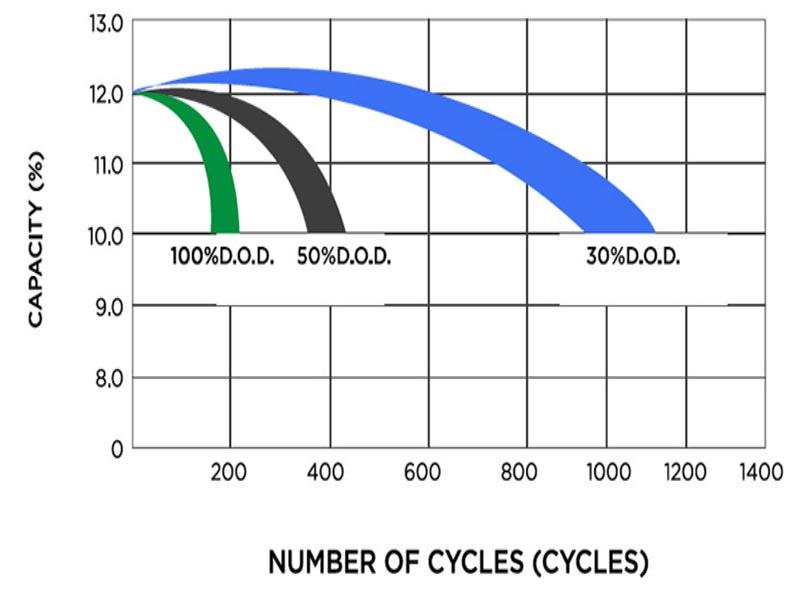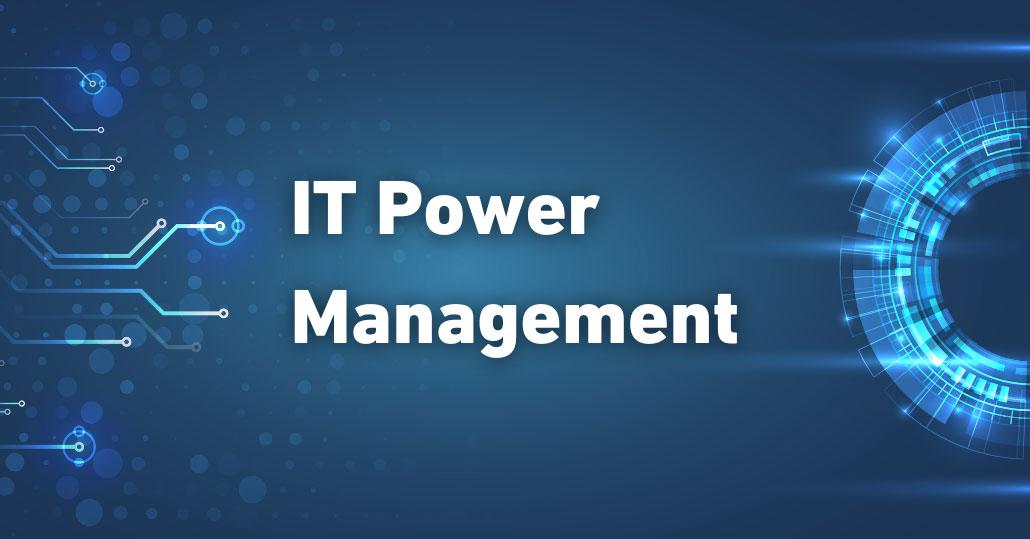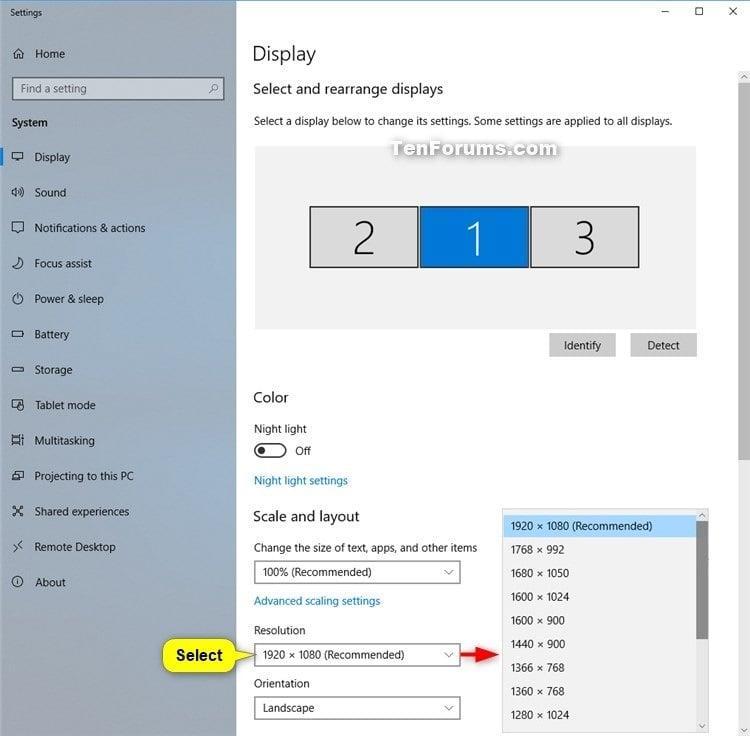In an age where our smartphones have become indispensable extensions of ourselves, the importance of battery longevity cannot be overstated. Whether it’s capturing memories, navigating new places, or staying connected with loved ones, a reliable battery ensures that our devices keep pace with our fast-paced lives. However, with intense usage and the constant demand for power, many Android users find themselves grappling with dwindling battery life and the frustration of frequent charging. The good news is that you don’t have to resign yourself to being tethered to a wall outlet. This article unveils ten essential tips for unlocking the hidden potential of your Android device’s battery, enabling you to maximize its lifespan and enjoy uninterrupted usage. Let’s dive in and explore how simple adjustments can lead to a more powerful, lasting performance—keeping your device energized and ready for whatever the day brings!
Maximizing Charge Cycles for Optimal Performance
To ensure your Android device’s battery performs at its best throughout its lifespan, it’s vital to manage how you charge it. Frequent partial charges can actually be better than letting the battery deplete completely, as lithium-ion batteries thrive on maintaining a consistent charge level between 20% and 80%. Consider using the following strategies to maximize your charge cycles:
- Avoid full discharges whenever possible.
- Charge your device during short intervals rather than for prolonged periods.
- Use battery-saving modes to optimize usage while charging.
Moreover, understanding the charging environment also plays a significant role. High temperatures can lead to battery health deterioration, so it’s crucial to keep your device cool. Whenever you charge your phone, try to maintain a moderate temperature, ideally between 20°C and 25°C. Here’s a quick summary of optimal charging conditions:
| Temperature Range | Effect on Battery |
|---|---|
| Below 0°C | Batteries may shut down to protect themselves. |
| 20°C – 25°C | Optimal for charging and discharging. |
| Above 35°C | Can lead to faster wear and tear. |

Understanding Power Management Features in Your Device
To effectively enhance the lifespan of your Android device’s battery, understanding the various power management features is crucial. These functionalities allow users to customize settings that optimize battery usage, ensuring your device runs smoothly throughout the day. Highlights include adaptive battery, which learns your app usage patterns and reserves power for your most frequently used apps. Additionally, features like battery saver mode can be activated to limit background activity when your battery is running low, providing you with essential time as you look for your charger.
Moreover, checking on your device’s battery usage statistics can unveil which applications consume the most power. By going into your settings, you can identify apps that may be draining your battery unnecessarily and either uninstall or limit their background activity. Utilizing doze mode when your device is idle can also significantly extend battery life by reducing performance and background processes. By leveraging these tools, you not only prolong the time between charges but also maintain your device’s efficiency and longevity.

Adapting Screen Settings for Extended Usage
Adjusting your screen settings is a game-changer when it comes to maximizing battery life during extended usage. One of the most effective strategies is to lower the brightness to a level that is comfortable yet efficient. Additionally, consider utilizing the adaptive brightness feature, which automatically adjusts your screen brightness based on ambient lighting conditions. This not only saves battery but also enhances user experience by optimizing visibility.
Another vital setting to explore is the screen timeout duration. Reducing the amount of time before your screen dims or turns off can prevent unnecessary battery drain. Coupling this with Dark Mode, which consumes less energy on OLED screens, can yield significant benefits. Below are some additional recommendations for fine-tuning your display settings:
- Enable Night Mode to reduce blue light exposure.
- Turn off live wallpapers that consume more resources.
- Use static wallpapers instead.
- Limit background applications that affect screen performance.

Effective App Management to Reduce Battery Drain
Managing applications effectively is crucial for maintaining optimal battery performance on your Android device. Many apps run in the background, consuming precious energy without your knowledge. To curb this battery drain, start by regularly reviewing your installed applications. Uninstall or disable any apps that you rarely use, as they not only take up storage space but can also slow down your device. Additionally, pay attention to the permissions you’ve granted; limiting access to resources like location services can significantly conserve battery life.
Another key aspect of app management is controlling background activity. You can make adjustments by navigating to your device settings, where you’ll find options to restrict background data for particular applications. Moreover, consider utilizing ‘Battery Saver’ modes offered by many Android devices, which automatically limit the performance of background apps during low battery scenarios. You might also explore third-party battery management tools that provide insights into app usage and recommend optimizations tailored to your needs:
| App | Background Data Usage | Recommendation |
|---|---|---|
| Social Media | High | Restrict Background Data |
| Streaming Services | Moderate | Limit Usage |
| Games | High | Close When Not In Use |
The Way Forward
As we conclude our journey through the essential tips for unlocking battery longevity on your Android device, it’s clear that small changes can lead to significant improvements. By incorporating these practices into your daily routine, you can not only enhance your phone’s performance but also extend its lifespan, ensuring that it keeps up with your ever-evolving digital lifestyle. Remember, fostering a healthy battery environment is not just about power conservation; it’s about optimizing your device’s efficiency, allowing you to stay connected when it matters most. So, take a moment to appraise your current practices, implement these tips, and watch your Android thrive. Here’s to more screen time and fewer charging breaks—may your battery’s journey be long and productive!
